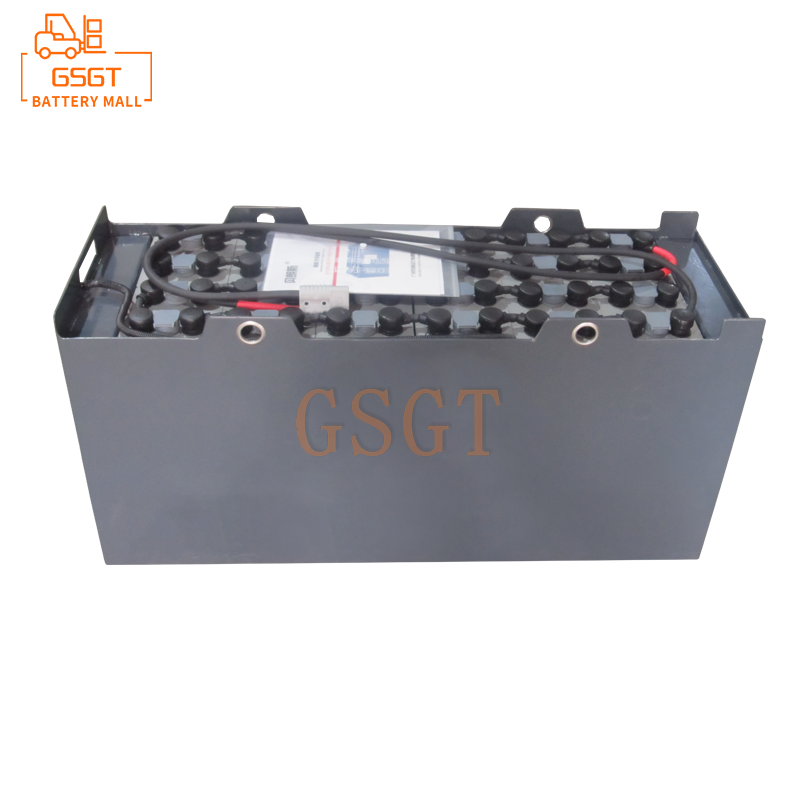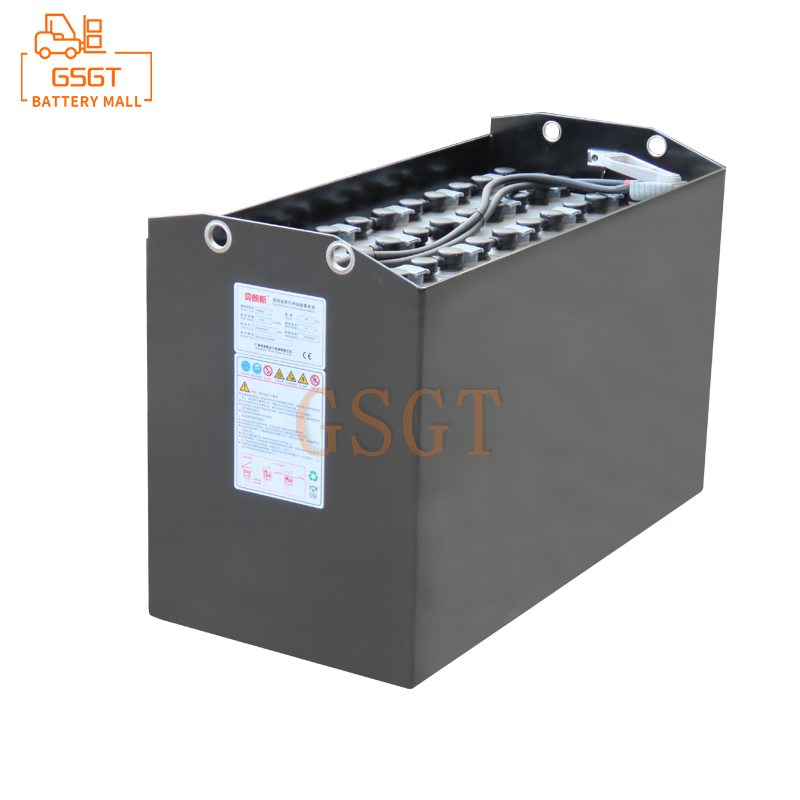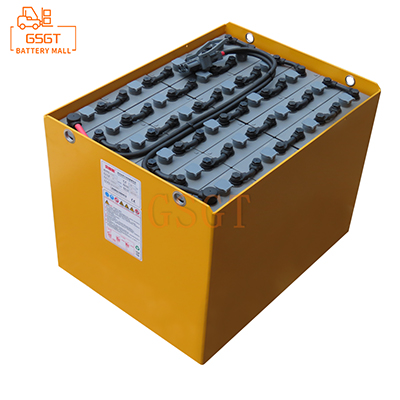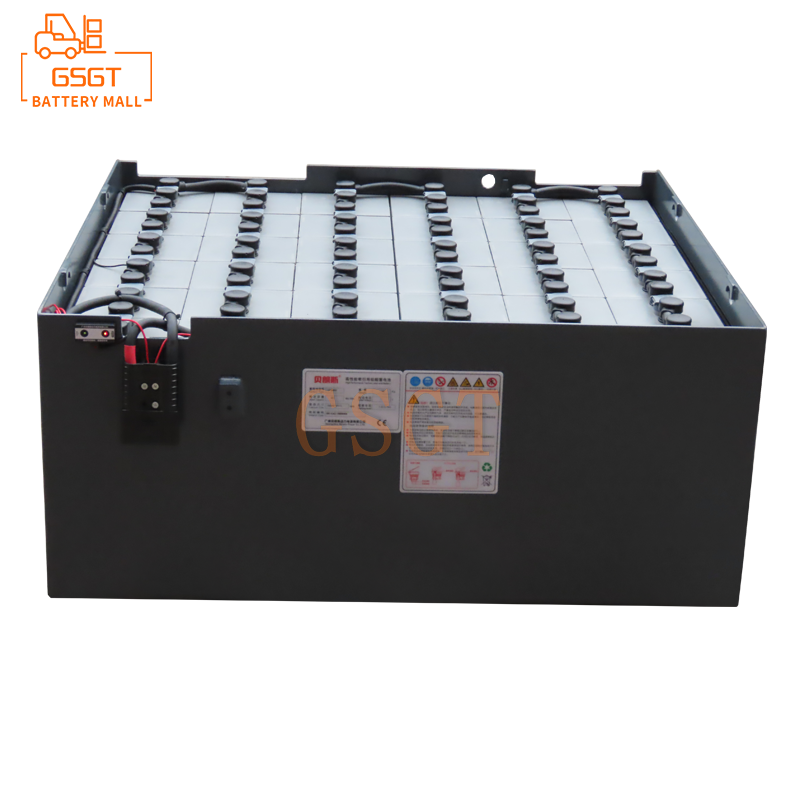Time:2025-03-15 10:09:58
Browse:295
In the grand landscape of energy storage and conversion, lead-acid batteries, with their long history, mature manufacturing processes and cost advantages, have long gained a foothold in many fields, from the start-up power of cars to the backup power of communication base stations, it is everywhere. However, the power density of lead-acid batteries is like an insurmountable gap, which limits their wide application in high-power demand scenarios. However, with the sudden rise of bipolar plate technology, this dilemma is ushering in the dawn, a feasibility exploration on the power density of lead-acid batteries to increase 200%, is in full swing in the forefront of energy research.
In the traditional lead-acid battery structure, the electrode is in direct contact with the electrolyte, and the current conduction path is relatively complex and inefficient. The intervention of bipolar plate technology is like building a "highway" for the current transmission inside the battery. Bipolar plates, as the core component of this technology, are usually made of a material with good conductivity and corrosion resistance, and play multiple roles in the battery to separate positive and negative electrolytes, conduct current, and support electrodes. Its emergence has completely changed the current transmission mode inside the lead-acid battery, laying the foundation for a substantial increase in power density.
In the selection of materials, new bipolar plate materials continue to emerge. For example, graphite-based composites are one of the most promising candidates. Graphite itself has excellent electrical conductivity, and by combining with specific polymers, it can not only enhance the mechanical strength of the material, so that it is enough to withstand the internal stress changes during the battery charging and discharging process, but also effectively resist the corrosion of sulfuric acid electrolyte. The bipolar plates, made of this composite material, exhibit extremely low resistance in the laboratory environment, greatly reducing the energy loss when the current is transmitted between the plates. After testing, the internal ohmic resistance of lead-acid batteries using graphite composite bipolar plates is reduced by about 40% compared with traditional structures, which opens up the way for improved power output.
Metal-based bipolar plates also performed well. With titanium metal as the base, after special surface treatment, such as anodizing to form a dense titanium oxide protective film, it can significantly enhance its corrosion resistance in acidic electrolyte. The high conductivity of the metal allows the current to be conducted quickly in the plate, and with the well-designed flow channel structure, the electrolyte is distributed more evenly on the electrode surface, and the electrochemical reaction can be carried out more efficiently. In the simulation of the actual conditions of the test, the lead-acid battery equipped with metal based bipolar plate, in the high current charge and discharge, the utilization rate of electrode active substances than the traditional battery increased by more than 30%, which means that more active substances participate in the reaction, directly contribute to the power output of the battery.
In addition to material innovation, the structural design of the bipolar plate is also a key factor in improving the power density of lead-acid batteries. The lack of effective guidance of the flow of the electrolyte inside the traditional lead-acid battery leads to uneven electrode surface reaction, which limits the power improvement. The new bipolar plate uses refined flow path design, such as serpentine flow path, parallel flow path and more complex three-dimensional flow path. The serpentine channel can guide the electrolyte to flow slowly and evenly through the electrode surface along a specific path, ensuring the timely replenment of reactive substances and the timely discharge of reaction products, avoiding the phenomenon of local concentration polarization. The parallel flow channel is suitable for high-power demand scenarios, which can realize the rapid flow of electrolyte, provide sufficient reactants for electrodes, and improve the high-current charge and discharge capability of the battery. The three-dimensional flow channel extends the transmission of the electrolyte to the spatial dimension, further increases the contact area between the electrolyte and the electrode, and optimizes the reaction kinetics conditions. Through a combination of numerical simulation and experimental verification, the researchers found that a rationally designed three-dimensional flow channel can increase the mass transfer efficiency inside the battery by more than 50%, greatly promoting the electrochemical reaction rate, and thus significantly increasing the power density.
In order to verify the feasibility of increasing the power density of lead-acid batteries by 200% with bipolar plate technology, the scientific research team carried out a series of rigorous experiments. In the laboratory, several sets of comparative test platforms were set up to evaluate the performance of traditional lead-acid batteries and improved lead-acid batteries equipped with different types of bipolar plates. The experimental results are exciting: under the same volume and weight conditions, the power density of the lead-acid battery using the optimized graphite composite bipolar plate and three-dimensional flow channel design has jumped from the traditional 300-400 W/L to 900-1200 W/L, and the power density has successfully achieved the goal of 200% increase. In the simulation test of practical application scenarios, such as the starting and frequent acceleration of electric forklift, the improved lead-acid battery shows a strong power output capacity, the starting time is reduced by about 40%, and the acceleration performance is significantly improved, which fully proves the great potential of bipolar plate technology in improving the power density of lead-acid batteries.
Although the bipolar plate technology has made remarkable progress in improving the power density of lead-acid batteries, it still faces many challenges to achieve large-scale commercial application. On the one hand, the preparation process of the new bipolar plate material is complex and the cost is high, which limits its market promotion to a certain extent. For example, the production of high-quality graphite-based composites and metal-based materials with fine surface treatment involves expensive equipment and complex process steps, resulting in a significant increase in the cost of bipolar plates compared to traditional lead-acid battery components. On the other hand, the compatibility of the bipolar plate with other components of the lead-acid battery also needs to be solved. In the process of long-term use, the bipolar plate may interact with the electrode and electrolyte, affecting the stability and life of the battery performance.
In the face of these challenges, researchers and industry are working together to actively explore solutions. In terms of material preparation process optimization, researchers are committed to developing simpler, more efficient and low-cost synthesis methods, and reducing the production cost of bipolar plate materials by adjusting raw material formulations and improving processing parameters. At the same time, in order to solve the compatibility problem, interface modification technology is used to introduce a special buffer layer or coating on the contact interface between the bipolar plate and other components to enhance the chemical stability between the components and reduce the negative impact of interaction.
Looking to the future, once bipolar plate technology successfully surmounts the above obstacles and achieves large-scale commercial application, lead-acid batteries will usher in an unprecedented change. In the field of transportation, it will provide more powerful power support for electric bicycles, electric tricycles, etc., improve the acceleration performance and climbing ability of vehicles, and expand their application scope; In the field of energy storage, high-power density lead-acid batteries will be able to more efficiently respond to the peak and valley regulation needs of the grid, quickly store and release electric energy, and ensure the stability and reliability of power supply; In the field of emergency power supply, such as standby power supply systems in hospitals, financial institutions and other places, lead-acid batteries with high power output capacity can provide powerful power in a short time to ensure the normal operation of critical equipment and protect life and property safety. Bipolar plate technology, with its subversive innovative power, is injecting unlimited possibilities for the future development of lead-acid batteries, leading the field of energy storage to a new stage of development.

$2240

$2450

$3405

$4045

MESSAGE
Professional And Efficient
Security
Affordable Price
Professional Services